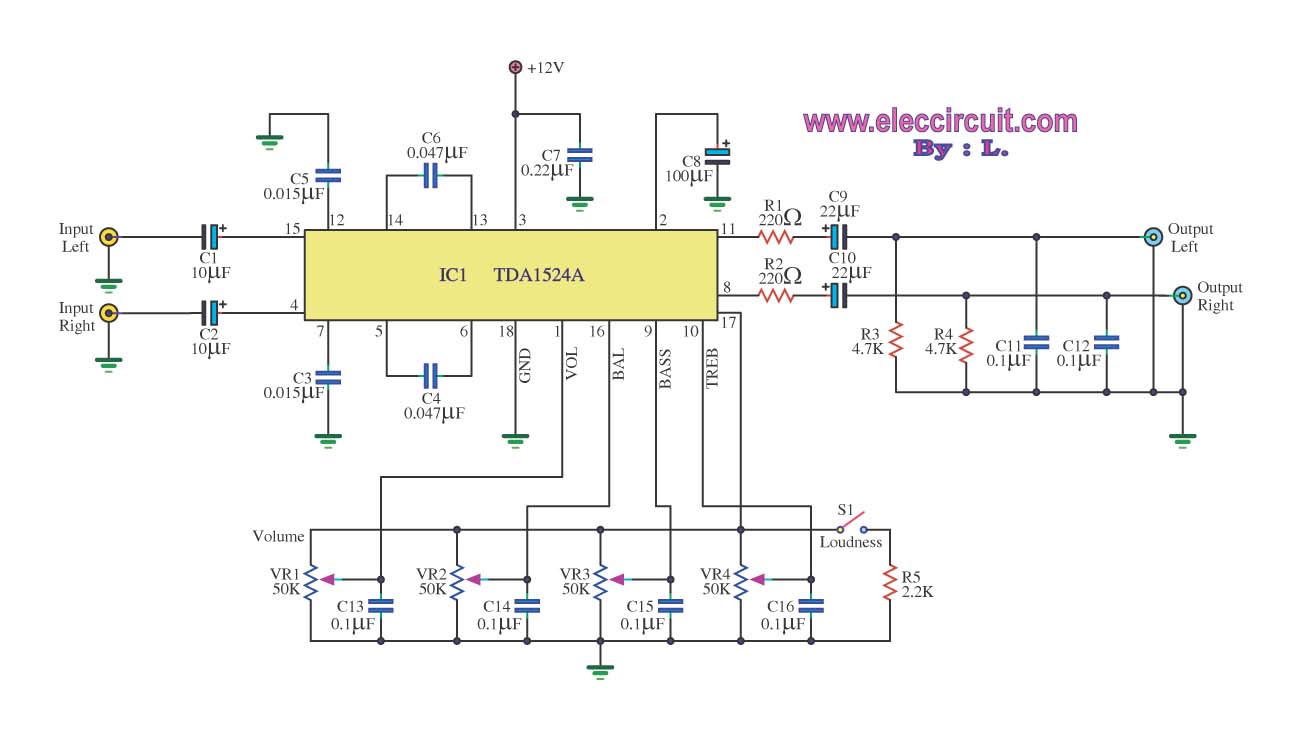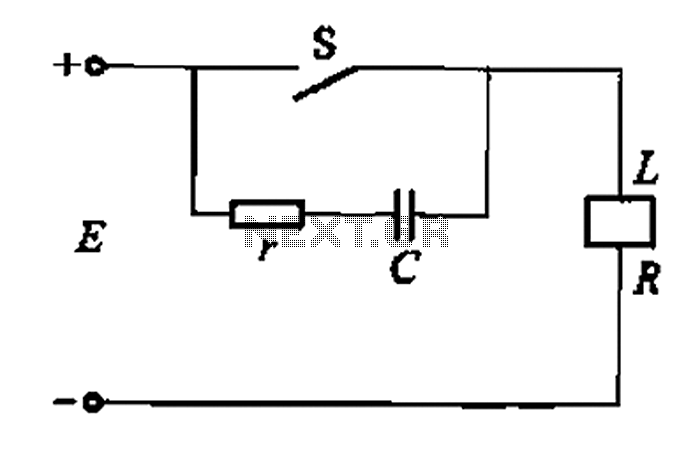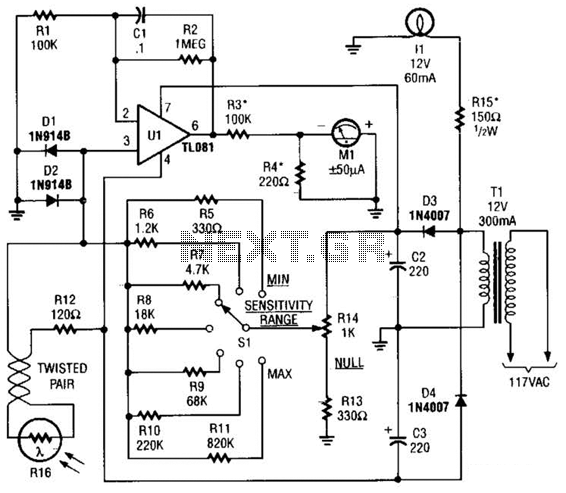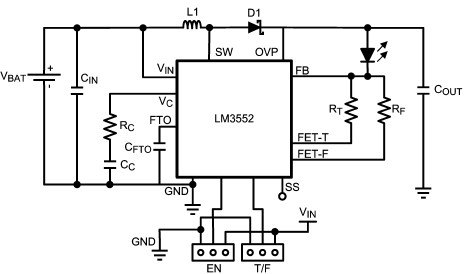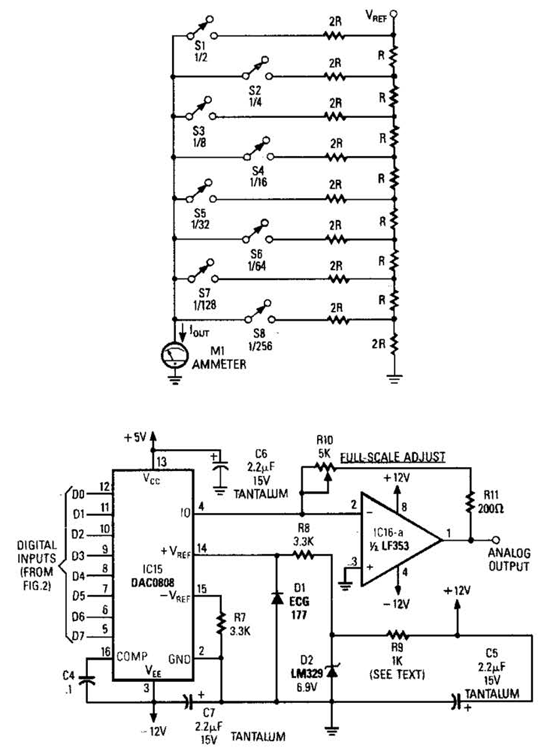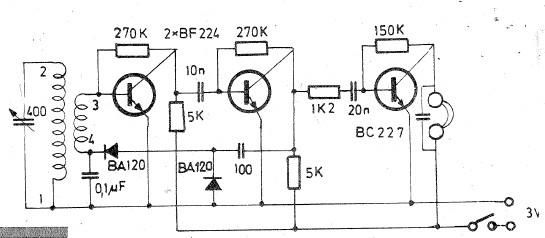
Delay On Circuit
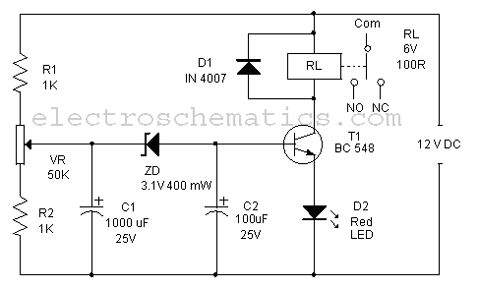
Protect your LCD or Plasma TV with this small delay-on circuit. The SMPS-based power supply of these modern electronic devices is susceptible to voltage spikes.
This delay-on circuit is designed to enhance the protection of LCD and Plasma TVs by mitigating the risk posed by voltage spikes that can occur in SMPS (Switched-Mode Power Supply) systems. The circuit typically employs a relay or a solid-state switch that engages the power supply to the TV after a predetermined delay, allowing transient voltage conditions to stabilize before the TV is powered on.
The circuit can be implemented using a simple timer IC, such as the 555 timer, configured in monostable mode. When the power is applied, the timer begins its timing cycle, which can be adjusted using an external resistor and capacitor. Once the timing period elapses, the output of the timer activates the relay or switch, connecting the power supply to the TV.
To ensure reliability, the circuit should include protection components such as a flyback diode across the relay coil to prevent back EMF from damaging the timer IC. Additionally, a fuse or circuit breaker can be integrated to protect against overcurrent situations.
The delay-on feature not only safeguards the TV against potential damage but also contributes to the longevity of the device by reducing wear on the power supply components. This circuit is an effective solution for users looking to enhance the resilience of their electronic devices against power fluctuations.Protect your LCD or Plasma TV with this tiny delay on circuit. The SMPS based power supply of these modern electronic devices is vulnerable to spikes in t. 🔗 External reference
This delay-on circuit is designed to enhance the protection of LCD and Plasma TVs by mitigating the risk posed by voltage spikes that can occur in SMPS (Switched-Mode Power Supply) systems. The circuit typically employs a relay or a solid-state switch that engages the power supply to the TV after a predetermined delay, allowing transient voltage conditions to stabilize before the TV is powered on.
The circuit can be implemented using a simple timer IC, such as the 555 timer, configured in monostable mode. When the power is applied, the timer begins its timing cycle, which can be adjusted using an external resistor and capacitor. Once the timing period elapses, the output of the timer activates the relay or switch, connecting the power supply to the TV.
To ensure reliability, the circuit should include protection components such as a flyback diode across the relay coil to prevent back EMF from damaging the timer IC. Additionally, a fuse or circuit breaker can be integrated to protect against overcurrent situations.
The delay-on feature not only safeguards the TV against potential damage but also contributes to the longevity of the device by reducing wear on the power supply components. This circuit is an effective solution for users looking to enhance the resilience of their electronic devices against power fluctuations.Protect your LCD or Plasma TV with this tiny delay on circuit. The SMPS based power supply of these modern electronic devices is vulnerable to spikes in t. 🔗 External reference
